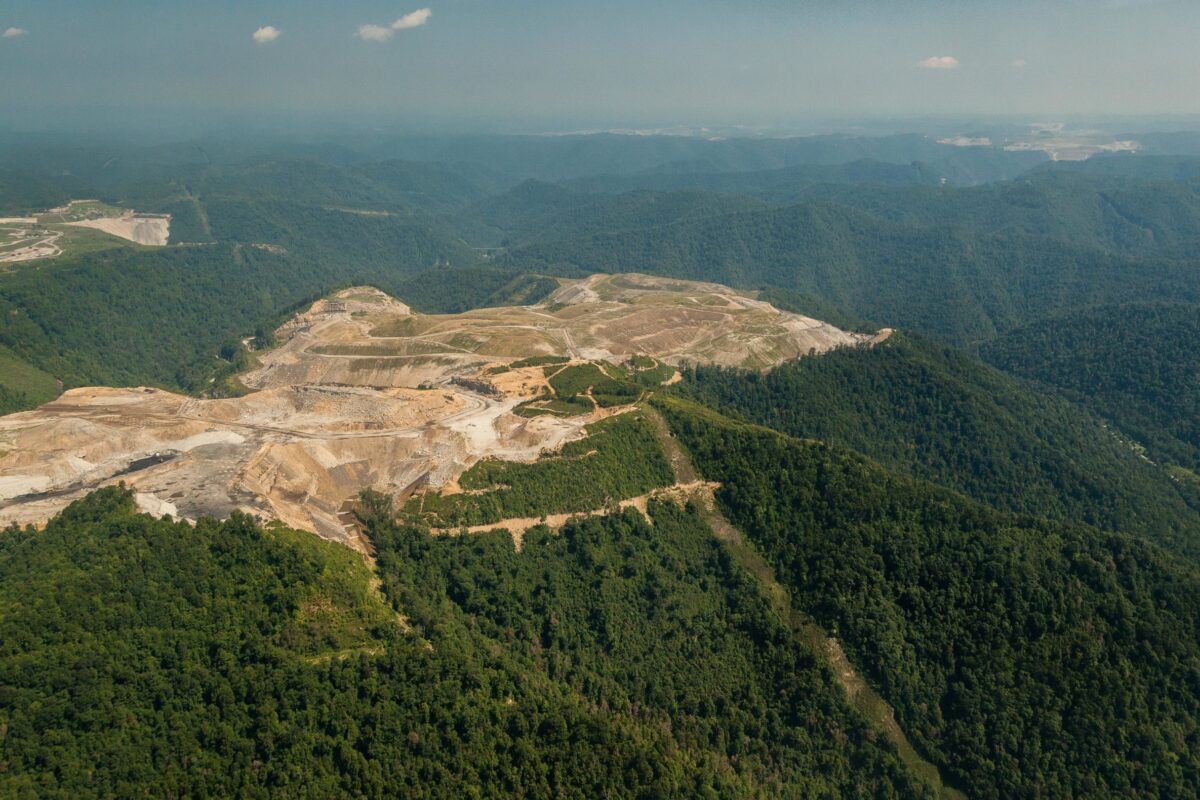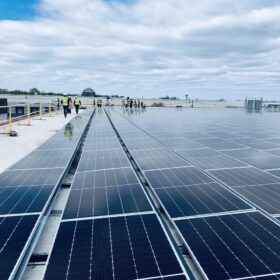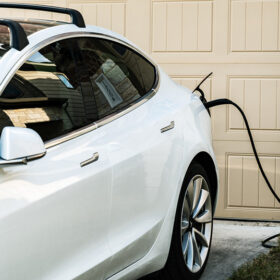Three former Department of Energy staff members have published a study saying the Biden Administration’s clean energy “rollout” was “comparatively slow” and proposing how a future effort can be faster.
“Speed of implementation is imperative,” they emphasized in their report, which they based on interviews with 80 federal employees.
During Biden’s term in office, clean energy progress was encouraging.
The Inflation Reduction Act and two other infrastructure laws allocated more than $1 trillion of funding to clean energy through tax credits, loans and grants, the authors estimate.
The Department of Energy “recast itself” from an agency focused on research and development to “an active commercialization partner.”
More than 900 companies announced new or expanded clean energy and manufacturing projects by January 2025.
But partly because DOE did not move fast enough, the Trump Administration was able to “move rapidly to repeal tax credits, cancel loan commitments, claw back grant funding, and stall projects.”
As a result, the “theory that economic development generated by clean energy projects and industries would create a durable bipartisan coalition was never truly tested.”
Beginning now
To have greater success in the next presidential administration that supports clean energy, detailed planning must begin now, the authors said.
“Ironically, the most salient recent example of such preparatory work was Project 2025,” which led to dismantling federal clean energy efforts.
Enabling the federal government to play an important role in advancing clean energy development “will require more thoughtfulness and detail than even Project 2025 achieved,” the authors say, because it is more difficult to build than to “destroy,” which they say was a focus of Project 2025.
And a clean energy plan must enable the government to move faster than the “slow pace of Biden-era implementation.”
The authors note that just four months after passage of a law creating the Tennessee Valley Authority in 1933, TVA began construction on the Norris Dam.
But during the Biden administration, numerous factors slowed progress toward construction, the study found.
For example, a focus on obligating funds as the “scoreboard” for progress “created a false sense of accomplishment.” Obligation, the authors note, “indicates a budgetary commitment by the government to outlay funds for something at some time in the future. So obligation does not actually provide the funds to the clean energy project in question.”
It turned out that “a large share of funds was obligated in the last days of the Biden administration, and they were still months or years away from actually being spent on clean energy projects.”
The study provides 14 “implementation ideas” to enable faster construction next time. Among the recommendations are:
- Establish an energy strategy actionable in four years
- Establish efficient award designs and processes
- Create a roster of hundreds of people who can be brought on and trained rapidly to implement within weeks
- Rebuild the Department of Energy Adopt milestone-based, pay-for-outcomes support.
The report also lists several processes and approaches that worked well for the Biden Administration, as “example positives to build from.”
The report is titled “Implementing Federal Clean Energy Programs: Lessons Learned from DOE & Partner Agencies.”
The Federation of American Scientists partnered in publishing “these results,” the study says.
This content is protected by copyright and may not be reused. If you want to cooperate with us and would like to reuse some of our content, please contact: editors@pv-magazine.com.







By submitting this form you agree to pv magazine using your data for the purposes of publishing your comment.
Your personal data will only be disclosed or otherwise transmitted to third parties for the purposes of spam filtering or if this is necessary for technical maintenance of the website. Any other transfer to third parties will not take place unless this is justified on the basis of applicable data protection regulations or if pv magazine is legally obliged to do so.
You may revoke this consent at any time with effect for the future, in which case your personal data will be deleted immediately. Otherwise, your data will be deleted if pv magazine has processed your request or the purpose of data storage is fulfilled.
Further information on data privacy can be found in our Data Protection Policy.